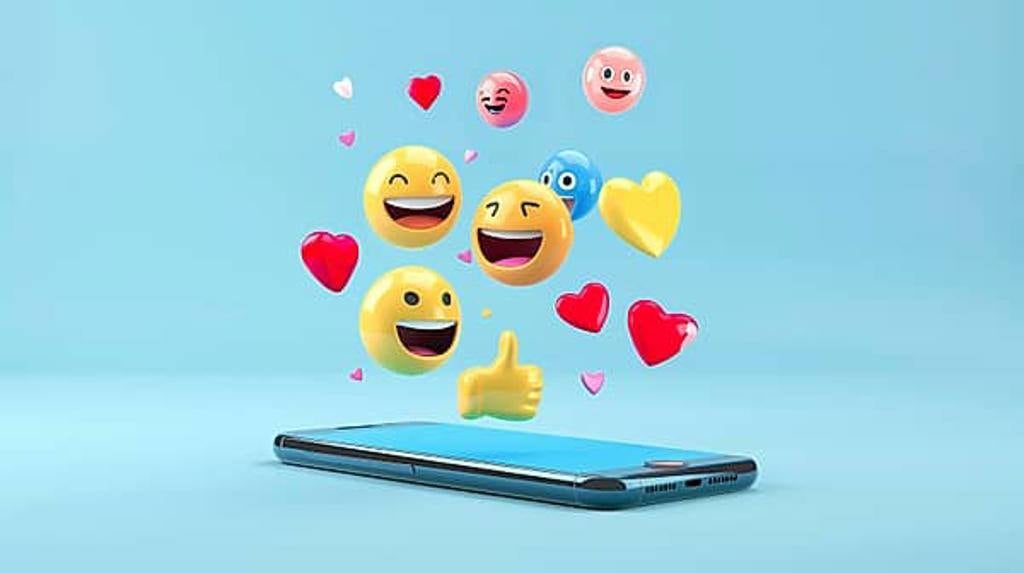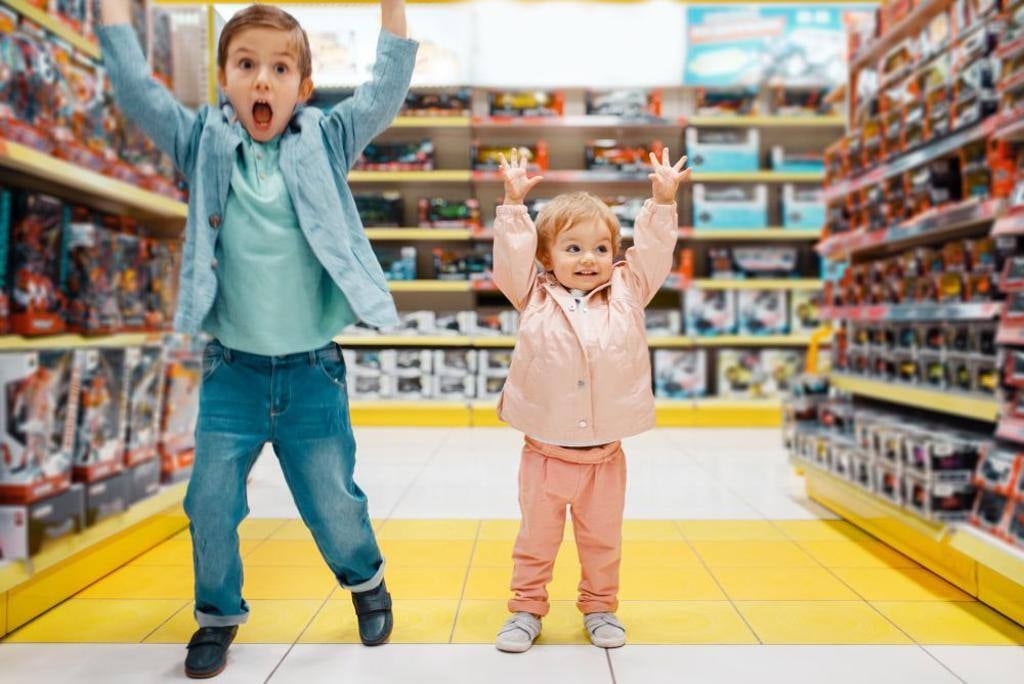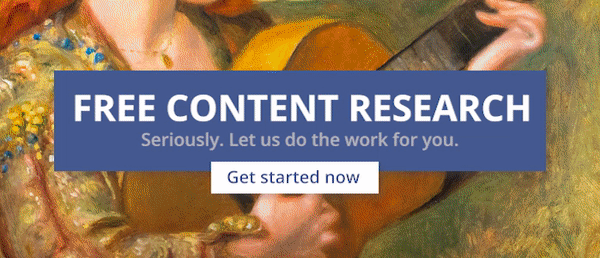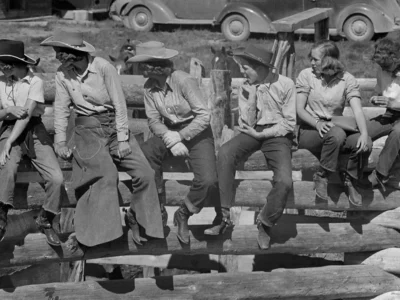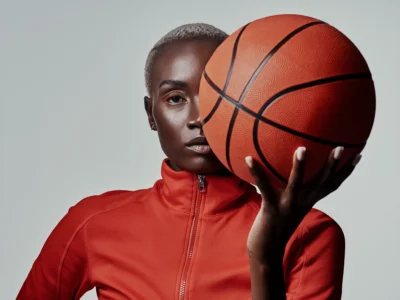What is User-Generated Content and Why Are Brands Loving It?
- Have you ever wanted to produce a TV spot for the Super Bowl and win a million bucks?
- What’s the difference between user-generated content (UGC) and content created by paid influencers?
- Why is UGC so important for brands?
While there may be some hair-splitting involved here, most observers of the history of marketing would say it all began with one person extolling the virtues of some wiz bang product or service to another friend or relative. This “word-of-mouth” marketing was the “Big Bang,” and every medium or messaging that followed – from hand-written flyers to algorithmically designed, interactive, holographic point-of-sale displays – were simply attempts to imitate the immense selling power of a personal message shared by one friend to another.
Word-of-mouth (WOM) is, and always has been, the “holy grail” of marketing. The reason for this is based on basic human psychology. It boils down to trust. Trust is a primary emotional “On/Off” switch for every person and, while it is difficult to turn this switch “on,” when this occurs, barriers are removed, and selling can occur.
What This Means for You — Technology, in the form of social media apps such as Instagram and TikTok, has unleashed this ancient WOM marketing tactic that is based on trust. It’s called user-generated content (UGC) and if your brand marketing team is considering this tactic, be aware that there are goldmines and more than a few landmines ahead. For UGC techniques and a case study, read on.
*****
Word-of-mouth marketing, fueled by genuine connections and trusted recommendations, has become the magic bullet for brands seeking to cut through the noise. Imagine a gallery harnessing the power of those authentic moments of human connection: friends sharing advice, online reviews influencing decisions, and the joy of discovering a product through a trusted recommendation. Click here.
*****
What is User Generated Content?
This seems like a straight-forward question. Unfortunately, the popularity and effectiveness of using content prepared by a third-party has led to some wiggle room in the definition of UGC. It varies among practitioners.
Dylan Duke, founder of “Glewee” an influencer platform, offered a classic definition in an article that appeared in Forbes magazine, “UGC is original content related to a product or service that is created by individuals and not by the brand itself. UGC comes in many forms, including social media updates, reviews, blog posts, videos and podcasts. It can also be shared by customers through unboxing videos, Q&A forums or photos that flaunt their purchases. Brand loyalists are another ripe source of UGC, as they are already passionate about a brand and are established advocates within its community.”
This is an excellent snapshot of user-generated content in its purest form.
However, what happens if a social media influencer, who is paid by a brand to leverage his/her group of followers, serves up content on TikTok or other platforms? The influencer is posting content and she is most likely positively inclined about the product being pitched. However, does the fact that a brand is paying thousands of dollars each time this creator posts a rave review lessen the positive impact of the pitch? Yes.
For many brands, using a combination of paid influencers and non-compensated “fans” is the most effective strategy. However, for purposes of this discussion, we will differentiate between pure UGC, and content presented by paid social media influencers.
As with any marketing strategy, there are benefits and challenges for brands with UGC programs. Sure, positive product messaging from real people is extremely compelling. However, what if some of that messaging is not-so-positive? Click here for a deeper dive into the “pros and cons” of UGC.
Why UGC Is Important for Brands
What makes consumer-created content so effective? It’s coming from an unbiased (albeit enthusiastic) third-party, and not the brand. This turns on the trust switch.
Hootsuite notes, “UGC gives customers a unique opportunity to participate in a brand’s growth instead of being a spectator. This influences brand loyalty and affinity in a big way because people thrive off being part of something greater than themselves and creating UGC allows them to be part of a brand’s community.”
Duke adds that UGC is “authentic and more experience-driven than brand-pushed content because no fabrication, embellishment or Photoshop is involved. Instead, it acts as the modern form of word-of-mouth advertising, which has always played a significant role in consumer purchasing decisions.”
The Forbes piece points to a specific benefit of user-generated content. “Humans have an innate desire to belong. UGC fosters this sense of belonging by building a community around shared interests that welcomes individual voices. When consumers hear and see others elated over a product or service, they want to take part in the burgeoning moment of demand. The desire to partake generates diverse and creative content that increases web traffic, user engagement, brand exposure and conversion.”
Getting Started with UGC – 6 Steps to Consider
The numbers from a 2023 study by Entribe to measure the attitudes of consumers ages 18 and over toward influencers, creators, and a brand’s use of UGC tell a compelling story for implementing a UGC program. It found that consumer trust of influencers continues to wane, while peer recommendations and a brand’s use of content from actual consumers continues to rise.
- 86% trust a brand that use UGC over paid influencers
- 90% prefer to see content from actual customers
- 83% say they are more likely to purchase from brands sharing real customer content
This trend has encouraged many brands – even those with few products – to get a plan for UGC. Here is a step-by-step guide from the UGC experts at MightyScout for even smaller brands to get in this game.
New Brands with Few Customers Must Figure Out a Way to Scale
“As a new brand or one with a small user base, even if you do generate some initial UGC, scaling it to reach more people is tough when your user base is small. You’ll need to find ways to encourage more customers to create and share content.”
Product Seeding Has Proven Successful
MightyScout notes, “One way to get UGC-like content is by giving products to influencers with no expectations. Influencers can then create authentic content about the products. But this approach requires careful selection of influencers, is not free, and can be costly and tricky to manage.
“How much content can you expect from product seeding? Experienced marketing agencies estimate a 20-30% posting rate and two to three pieces of content per post when influencers are sent free gifts.”
A Critical Step: Establish Ownership of the Content
Courtney Goudswaard of Kynship.co notes, “The default rule in the absence of any kind of contract is that when someone creates the content, they (the creator) own all the content rights. But this default rule can be changed through something like an influencer agreement or rights request contract.”
MightyScout adds, “Always get explicit permission from content creators before sharing their content to maintain goodwill and avoid legal problems. Use user-generated content rights software to make it easier to obtain rights from multiple content owners. Always give clear credit to content creators when sharing their UGC to show transparency and appreciation for their contributions.”
Maintain Authenticity and Avoid Paying Incentives
According to MightyScout, “When you encourage content creation, it’s important to keep things authentic. Paying users or influencers to create content might make it seem less genuine, which could affect your brand’s reputation.
Engage Early Adopters with Discounts on Products
There are several ways to do this. “Host giveaway contests that motivate users to share brand-related content using branded hashtags. Or, implement loyalty programs that reward users for creating and sharing content.”
Save Money on Promotional Video and Photography
The secret sauce of UGC is its lack of professional polish in the presentation. Whether they are Instagram or Facebook Reels or TikToks, the message is more authentic when it feels more “real.” That being noted, some UGC creators might find inspiration for their content from stock photography or licensed video that is available from the brand’s creative library.
Companies such as SuperStock supply these images to creative directors, social media professionals and earned media experts every day. These photographs and videos are meticulously curated for their cultural sensitivity and authenticity. Brands can easily build a creative library with licensed images, store this on a company website and make them available to creators in need of “storytelling” tools.
Crash the Super Bowl: UGC on Steroids
Brands have hit the consumer awareness jackpot by allowing fans of their products to create television spots for what is likely the biggest platform on the planet: The Super Bowl. Doritos, a snack product of Frito-Lay, has decided to bring back its user-generated content contest in 2024.
According to MarketingDive, “Doritos is bringing back its “Crash the Super Bowl” contest that challenges fans to come up with a superior big-game ad than the brand could on its own, Those who win will see their 30-second concepts brought to life on TV’s biggest night and receive a $1 million prize, along with a trip to Super Bowl LIX in New Orleans.
“‘Crash the Super Bowl,’ which originally debuted in 2006 and ran until 2016, produced some of the Frito-Lay marketer’s most memorable, well-liked spots, including “Slap” and “Goat 4 Sale.” Doritos is supporting the relaunch with ads referencing those campaigns and pushing consumers to ‘do better.’“
Interestingly, Frito-Lay discontinued this UGC promotion in 2016 and opted for more traditional creative for their Doritos spots that ran in the big game. Apparently, someone in the C-suite, had a change of heart for 2024.
According to MarketingDive, “Bringing back ‘Crash the Super Bowl’ gives Doritos an avenue into outside creative ideas that could recapture some of its mojo. In a statement, Tina Mahal, senior vice president of marketing at PepsiCo Foods North America, said that fans ‘have more access than ever to creative and ad-making tools.’ The rules note that each work must be original and “not use any artificial intelligence (AI) to create or assist in the creation of the script, creative assets or any other element.
“Doritos is rolling out a campaign touting the contest’s return while welcoming consumers to one-up them. A pair of digital ads reference previous fan-submitted winners, “Goat 4 Sale“ and “Slap,” and feature director Ben Callner and actor-director Dion Lack. Callner, who directed “Goat 4 Sale” as well as the new commercials, has credited “Crash the Super Bowl” with changing the trajectory of his career.”
User-generated content creators – whether amateurs or professionals – can get in the game by clicking on Doritoscrash.com to get those creative concepts cracking.
True Fans Are the Best!
Besides yielding hilarious creative work, this Doritos UGC promotion is the paradigm for brands that want to incorporate UGC creators in special event, social and mass media promotions. This is an excellent model for any brand – large or small.
*****
Licensed images and videos can spice up any UGC campaign and assist the fans of the brand tell a true story…even better. Click here and let us help with FREE research.















